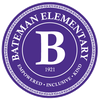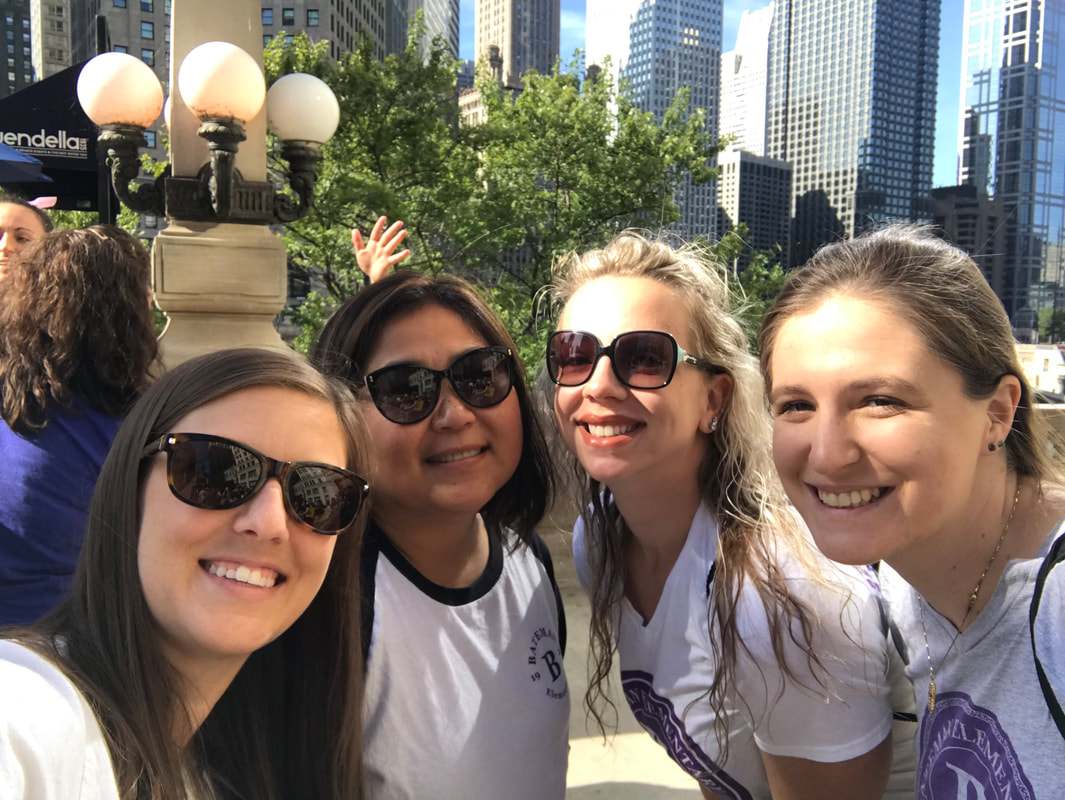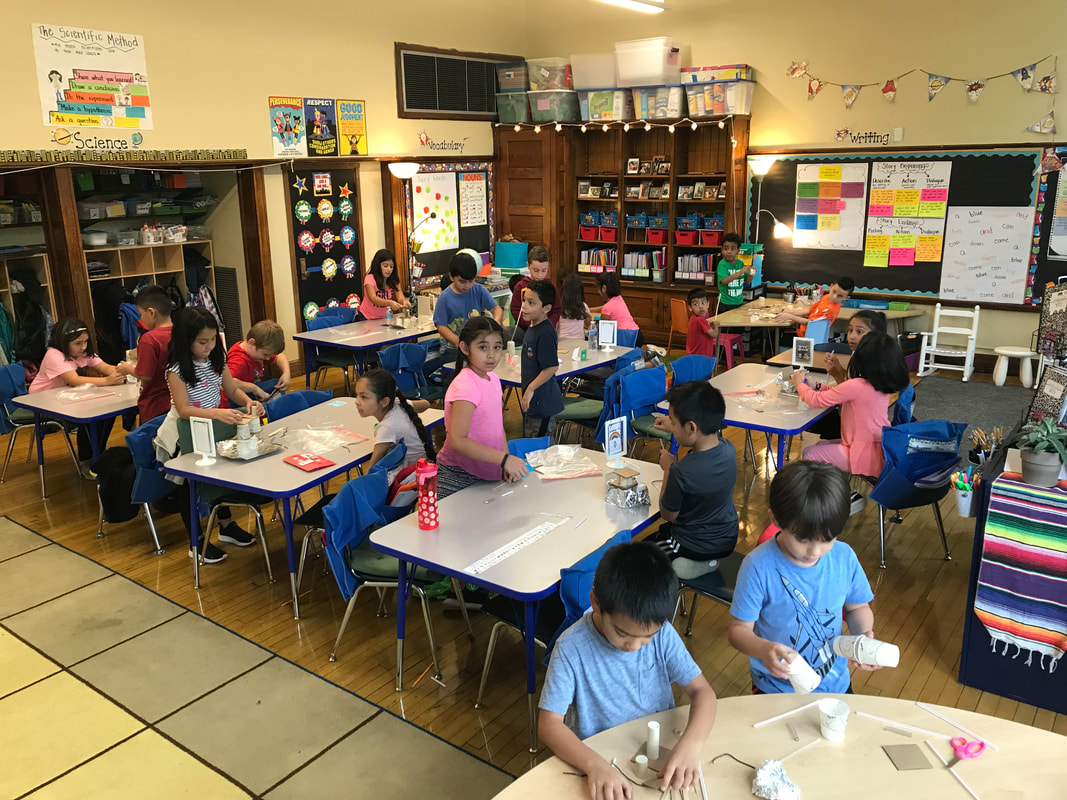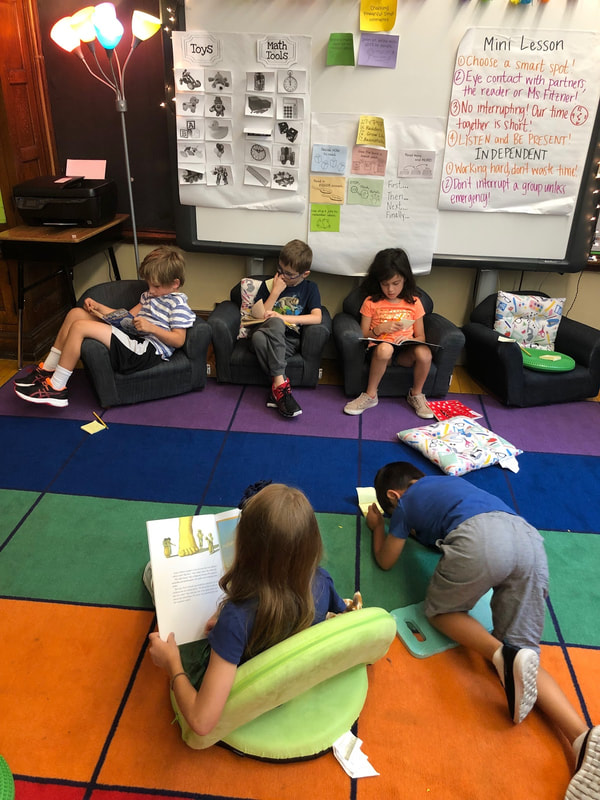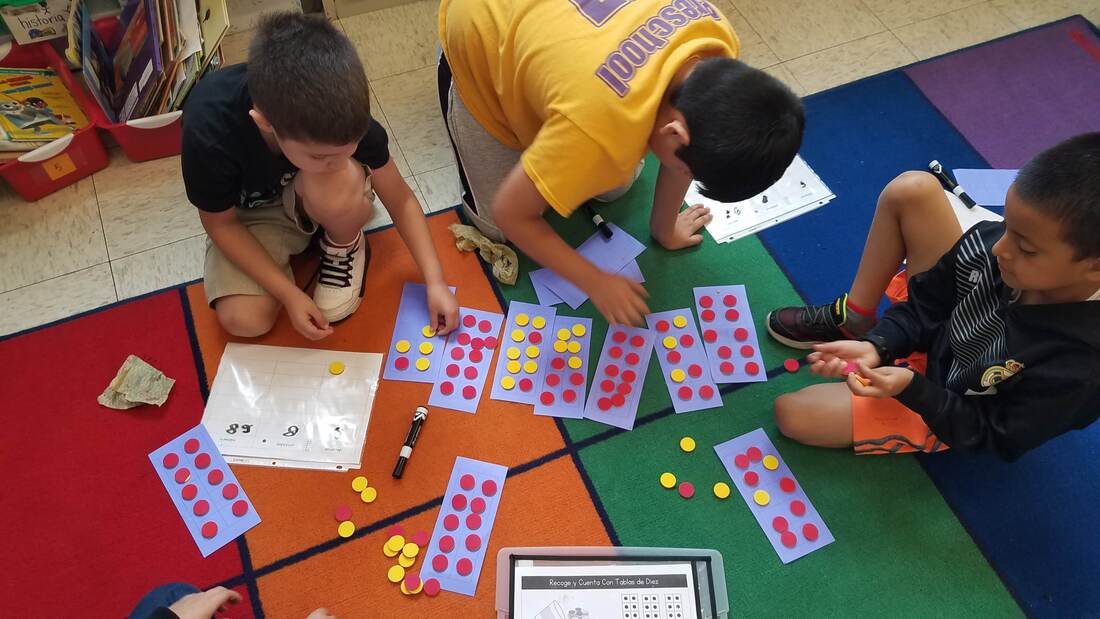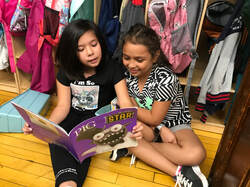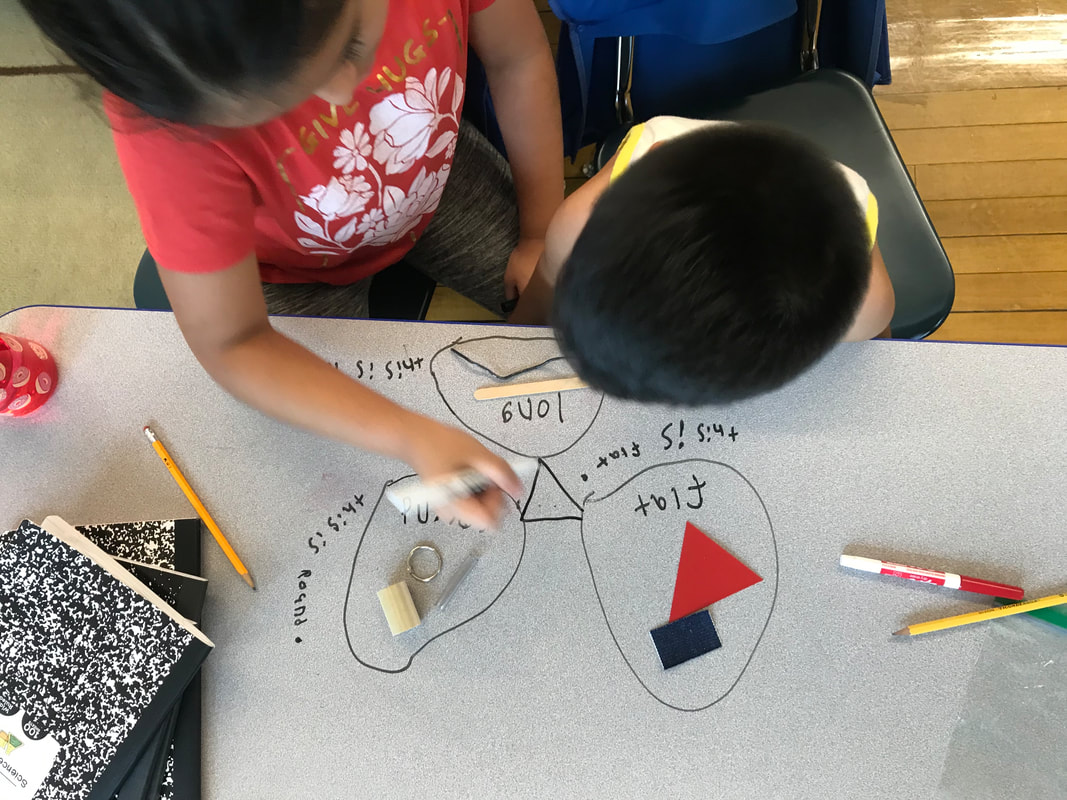Welcome To Second Grade! ¡Bienvenidos a Segundo Grado!
|
Our Philosophy
The second grade team will create a classroom environment that is welcoming and that supports all students’ independent problem solving skills, both academic and social emotional. We will base this on the Bateman core values: be kind, be inclusive, and be empowered. The team will guide our students in enjoying the process of taking risks, embracing challenges, and celebrating differences. Nuestra Filosofía El equipo de segundo grado creará un ambiente de clase que sea acogedor y que apoye las habilidades de resolución de problemas independientes de todos los estudiantes, tanto académicos como sociales y emocionales. Basaremos esto en los valores centrales de Bateman: ser amable, ser inclusivo y estar empoderado. El equipo guiará a nuestros estudiantes para que disfruten el proceso de asumir riesgos, aceptar desafíos, y celebrar las diferencias. Instructional Approach
We use a workshop model in reading, writing and math. Each subject begins with a whole-group lesson presenting a new skill or strategy, followed by independent work time when students try out their new learning while the teachers meet with small groups, using differentiation and modification to meet the needs of all of the students. Enfoque de Nuestra Instrucción Utilizamos un modelo de taller en lectura, escritura y matemáticas. Cada lección comienza con una clase de grupo completo cuando la maestra presenta una nueva habilidad o estrategia. Despues los estudiantes tienen un tiempo de trabajo independiente cuando prueban su nuevo aprendizaje mientras los maestros se reúnen con grupos pequeños, utilizando la diferenciación y modificación para satisfacer las necesidades de todos los alumnos. Differentiation: Meeting the Needs of Each Learner
We are committed to helping each of our students grow and develop! We so this in a variety of ways:
|
Diferenciación: satisfacer las necesidades de cada alumno
¡Estamos comprometidos a ayudar a cada uno de nuestros estudiantes a crecer y desarrollarse! Lo hacemos de varias maneras:
|
Curriculum Details Detalles del Plan de Estudios
Homework
Each classroom has a slightly different approach to homework, but we ALL agree that it’s essential for second grade readers to read for at least 20 minutes every night! Students will benefit from reading in any language they know and can read to themselves, to a family member, or even to a stuffed animal. We encourage families to ask students about their reading, using questions like:
Each classroom has a slightly different approach to homework, but we ALL agree that it’s essential for second grade readers to read for at least 20 minutes every night! Students will benefit from reading in any language they know and can read to themselves, to a family member, or even to a stuffed animal. We encourage families to ask students about their reading, using questions like:
- What are the characters in this story like? How do you know?
- What problems do the characters have? How did they solve them?
- What lesson did the characters learn in this book?
- What is this nonfiction book teaching you?
- Why do you think the author included this part?
Schedule (Varies By Classroom)
8:15 am Breakfast & Morning Work
8:25am Morning Meeting
8:40 am Phonics & Phonemic Awareness
9:05 am Reading Workshop
10:05 am Writing Workshop
11:00 am Math
11:55 am Lunch & Recess
12:40 pm Calm Classroom
12:50 pm Math Intervention & Fact Fluency
1:20 pm Science
2:15 pm Essentials (Art, Music, Physical Education, Health)
3:15 pm Dismissal
8:25am Morning Meeting
8:40 am Phonics & Phonemic Awareness
9:05 am Reading Workshop
10:05 am Writing Workshop
11:00 am Math
11:55 am Lunch & Recess
12:40 pm Calm Classroom
12:50 pm Math Intervention & Fact Fluency
1:20 pm Science
2:15 pm Essentials (Art, Music, Physical Education, Health)
3:15 pm Dismissal
